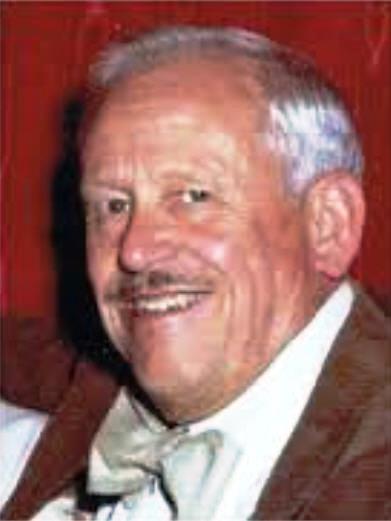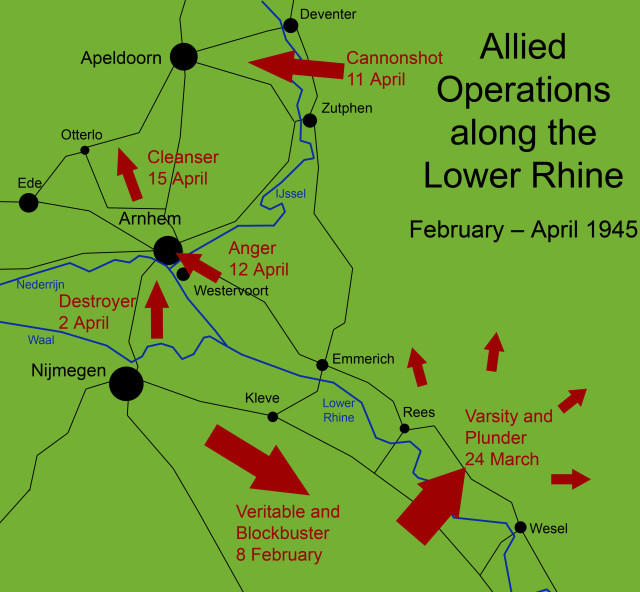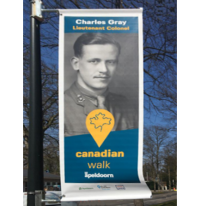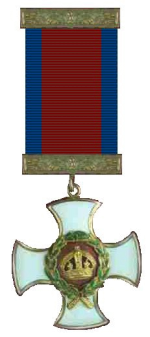Charles Train Gray was born in Edinburgh, Scotland in 1919 and came to Canada, settling with his mother and father in Calgary that same year. He attended Western Canada High School in Calgary and entered the Royal Military College in 1937. He graduated in 1939 and immediately a commission in the Royal Canadian Engineers. He returned to Calgary and joined the 13th Field Company, RCE where he served for a brief time before being posted to Montreal to join the 4th Field Company who were was being mobilized for overseas service with the 1st Canadian Infantry Division. Lt Gray arrived in England in late December 1939 and spent the next three and a half years working and training in the United Kingdom.
In June 1943, he took part in the Sicily Landings with the company and over the next year and a half, Captain (and later Major) Gray commanded both the 4th Field Company and the 3rd Field Company in action. After Sicily, he took part in the battles of the Moro River, Ortona, the Liri Valley, the Hitler Line, the Gothic Line and the the Battle of the Rivers (Savio, Lamone and Senio).
The Italian Campaign was complete by early 1945 and the 1st Canadian Infantry Division joined the First Canadian Army in the Netherlands for the final phase of the North West Europe Campaign. During Operation CANNONSHOT , Major Gray was awarded the DSO for his action on 11 April 1945 when 4th Canadian Field Company constructed a 360-foot floating Bailey Bridge across the Ijssel River under enemy artillery fire. His personal courage and steady direction inspired his men to their maximum effort and, as a result of his outstanding leadership, the bridge across the Ijssel River was established in record time. This, in turn, made it possible for the rapid advance of the 1st Canadian Infantry Division to liberate Apeldoorn.
As one of the 'originals' having served overseas since 1939, Maj Gray was one of the first Canadians to redeploy back to Canada for demobilization. Following the war he returned to Kingston and received his Bachelor of Science Degree in Mining Engineering from Queen’s university in 1948. Eventually his civilian career took him back to Alberta and, in 1955, Major Gray rejoined the Canadian Army with the Militia in 8th Field Engineer Regiment where he commanded Edmonton’s 25th Field Squadron until 1957, served as the Regiment's Deputy Commanding Officer from 1958 to 1961 and commanded the Regiment from 1962 to 1966 upon his promotion to Lieutenant-Colonel. LCol Gray later returned to service in 1991 when he was appointed as Honorary Lieutenant-Colonel of Calgary’s 33rd Field Engineer Squadron - an appointment he held until 1995.
Charlie Gray was active within the Military Engineer community right up to the last few years of his life. He was a proud member of the Sapper's Club and Veterans in Calgary and Edmonton, regularly attended military functions in both cities, was a member of the Military Engineers Association of Canada ,and he was in regular contact with both serving and retired sappers in Alberta.
Lieutenant Colonel Charles Train Gray, DSO, CD (Ret'd) died at home in Calgary on 18 July 2012 at the age of 93 years after a short illness.
Note: See LCol Eppo van Weelderen's eulogy read at his funeral on 30 July 2012.
Major Gray has been in command of 4 Canadian Field Company since October 1944. He has always proved himself to be a reliable commander and a brilliant leader of men. On 11 April 1945, 2 Canadian Infantry Brigade assaulted across the Ijssel River. 4 Canadian Field Company were responsible for constriction of a 3, 60 foot bridge. As Officer Commanding, Major Gray was largely responsible for the successful completion of this task which was performed under very difficult and hazardous circumstances. By excellent preliminary organization and briefing, his officers and men approached their work with a complete understanding of their responsibilities. At the very commencement of the construction, the bridging site was subjected to heavy and accurate shellfire. This enemy artillery fire continued throughout the whole bridging operation causing a number of casualties in the company. Major Gray was always present where the fire was heavy in order to better rally and organize his men. He personally supervised the various working parties throughout the entire constructional period. His personal courage and steady direction inspired all of his men to their maximum effort. As a result of his outstanding leadership the bridge across the Ijssel River was established in record time. This in turn made possible the rapid advance of 1 Canadian Infantry Division on Apeldoorn. In subsequent actions Major Gray continued to display the same fine qualities of efficient an d courageous leadership. He has won the confidence and esteem of all officers and men under his command.



